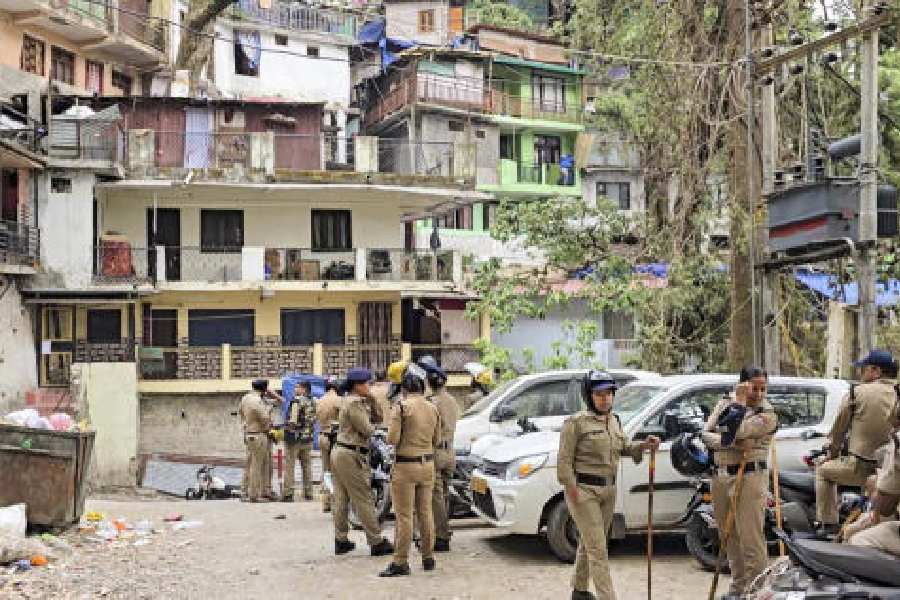 |
| Thought for food: Fruit-bearing trees planted on the barren stretch around Chakrashila Wildlife Sanctuary could solve the problem of food for golden langurs |
July 13: The green canopy is returning and so is hope for the critically endangered golden langur’s survival at Chakrashila Wildlife Sanctuary.
Located five km from Kokrajhar, it is the only sanctuary in the state for golden langurs but rampant encroachment has shorn the forest of its green cover.
Much to the relief of conservationists who have been voicing concern over the trend and the fate of the primates, the Kokrajhar wildlife division, the Siljan Village Forest Protection Committee and the army recently embarked on a campaign to regenerate the denuded greens.
Golden langurs (Trachypithecus geei) or mwkra gupur, as they are locally known, are found only in a few districts of the Bodoland Territorial Council.
Over 1,000 fruit-bearing plants have been planted in the barren stretch of the sanctuary’s Siljan range.
“Deforestation has killed the langur’s source of food. So we have planted mostly fruit-bearing plants,” the divisional forest officer (wildlife and social forestry), Sonali Ghosh, said.
Col Rajeev Thakur of the 11 Maratha Light Infantry said troops of the Red Horns Division helped the forest department plant saplings in the area. “We will continue to offer our services for such activities,” he said.
Ghosh confirmed that the army has been of great help. “The sanctuary is now manned by only 17 personnel and we are thankful to the armymen for helping the forest department expand its green cover.”
The DFO also praised residents of the area, especially the forest protection committee, for their commitment to conservation of a species that is found in very few places.
Apart from the golden langur, Cha-krashila is home to about 34 species of animals. It also harbours 272 species of birds, 26 species of reptiles and amphibians and 43 species of butterflies. About 30 per cent of the 32 species of ferns found there have medicinal value and used for commercial purposes.
Spread over nearly 45 sq km of forested hills and valleys, including the Dhir and Diplai Beels, Chakrashila was declared a wildlife sanctuary in 1993. The sanctuary is locally known as Chikrichikla Haajw or Fairy Girls’ Hills.
Flanked by Sal trees all around, the forest is surrounded by small villages inhabited mostly by tribals like the Bodos, Garos and the Rabhas.
Chakrashila nestles in a lush valley that has streams, lakes and waterfalls cascading down the surrounding hills. It was opened to tourists in 2002 and has since become one of the most popular tourist destinations in the region.










